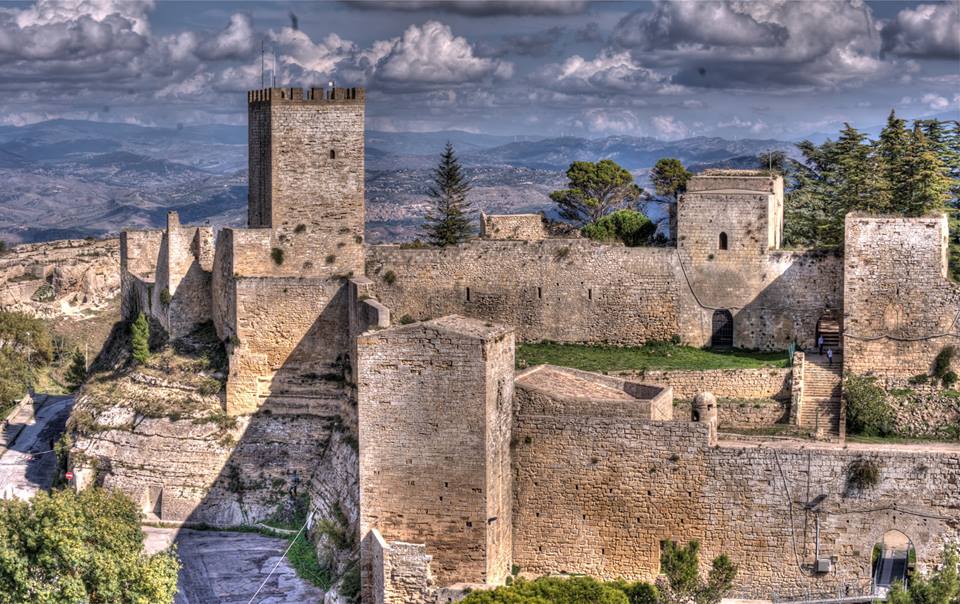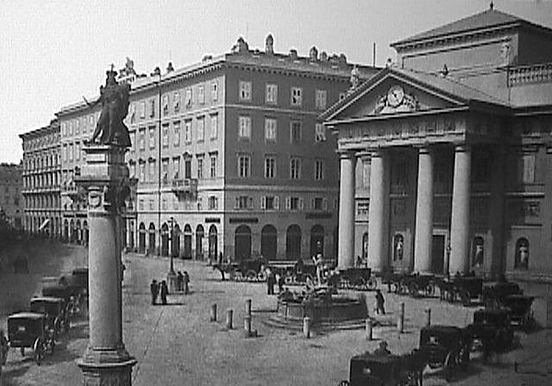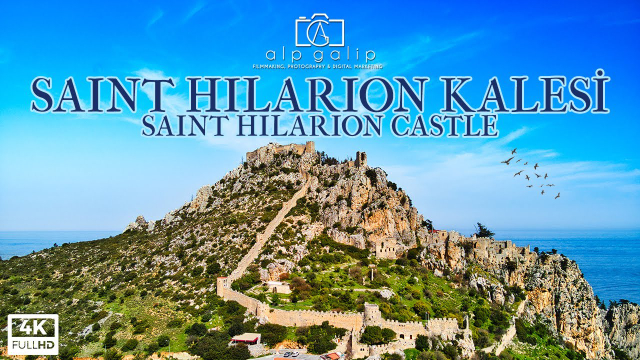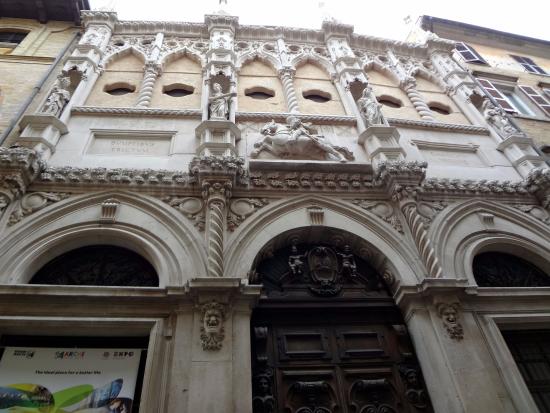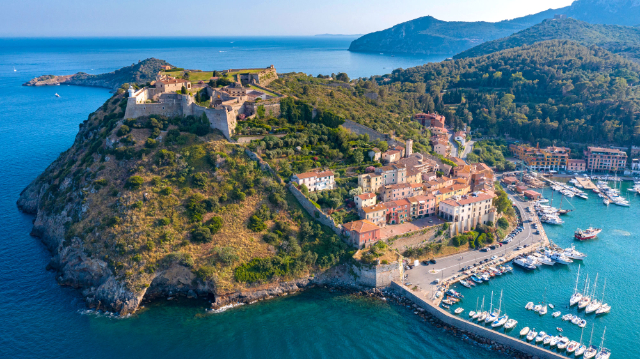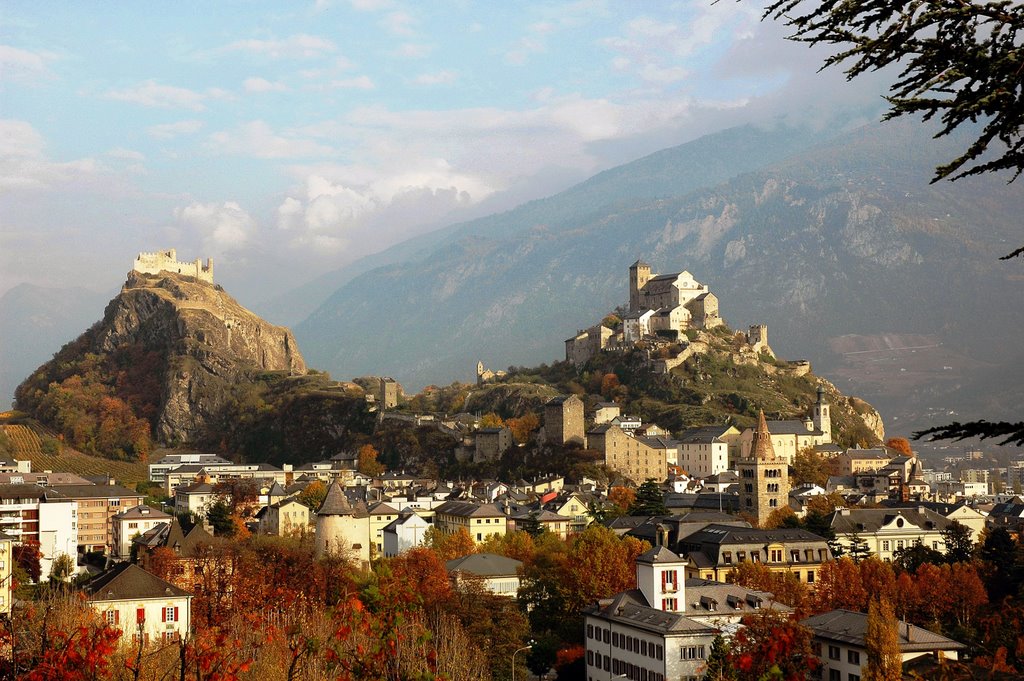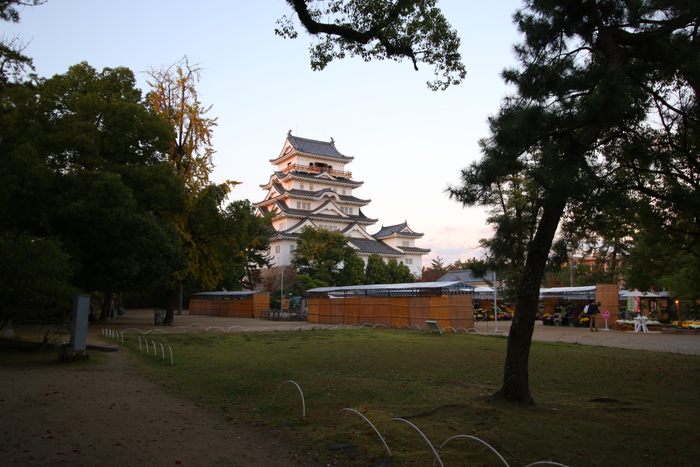The name derives from the presence of a nearby neighborhood inhabited by a Lombard colony during the Norman rule in Sicily.
The castle stands on a rocky plateau bordered by a steep, deep ravine, making it a true military stronghold.
The origins of the Castle of Lombardy turn out to be remote; in fact, it was the home of a Sican king, who confined his people inside the ancient manor to defend themselves against the advance of the Siculi.
It played a strategic role during the Greek domination in Sicily, and was of great help to the Ennese people against the conquest of the Romans, who named the city "Urbs inexpugnabilis."
During the Swabian domination in Sicily the Castle of Lombardy was renovated thanks to the design of the architect Riccardo da Lentini, who built the 20 Towers, thus making it to all intents and purposes a monumental fortress.
Later it became the home of Frederick III of Aragon, and also the Parliament of the Kingdom of Sicily was convened and convened here several times.
The Castle of Lombardy declined in importance in the centuries to come, becoming a prison.
From the last century the large rooms of the fortification were used as reservoirs for water distribution in the city of Enna.
the Swabian structure consisted of as many as 20 towers, of which only six remain.
The most significant of the remaining towers is the Pisan Tower adorned with a crenellated structure.
It is a well-preserved tower, from whose terrace one can enjoy a marvelous panorama that includes at its feet the city of Enna, from north to east the towns of Calascibetta, Leonforte, Agira and Troina, embracing in the background the marvelous Etna and the Sicilian mountain ranges such as those of the Nebrodi, Madonie and even Monti Erei.
The base of the Castle of Lombardy is arranged on an irregular plan.
It is accessed by a courtyard known as "degli Armati" or "di San Nicola," now used to host theatrical events.
Other large courtyards follow, respectively, the second called " della Maddalena" or "delle Vettovaglie" where barns and stables were located.
The third called "Piazzale di S. Martino," where the remains of the small church of the same name are located and where Frederick III’s residence was located.
Also in the third courtyard is the aforementioned Pisan Tower.
